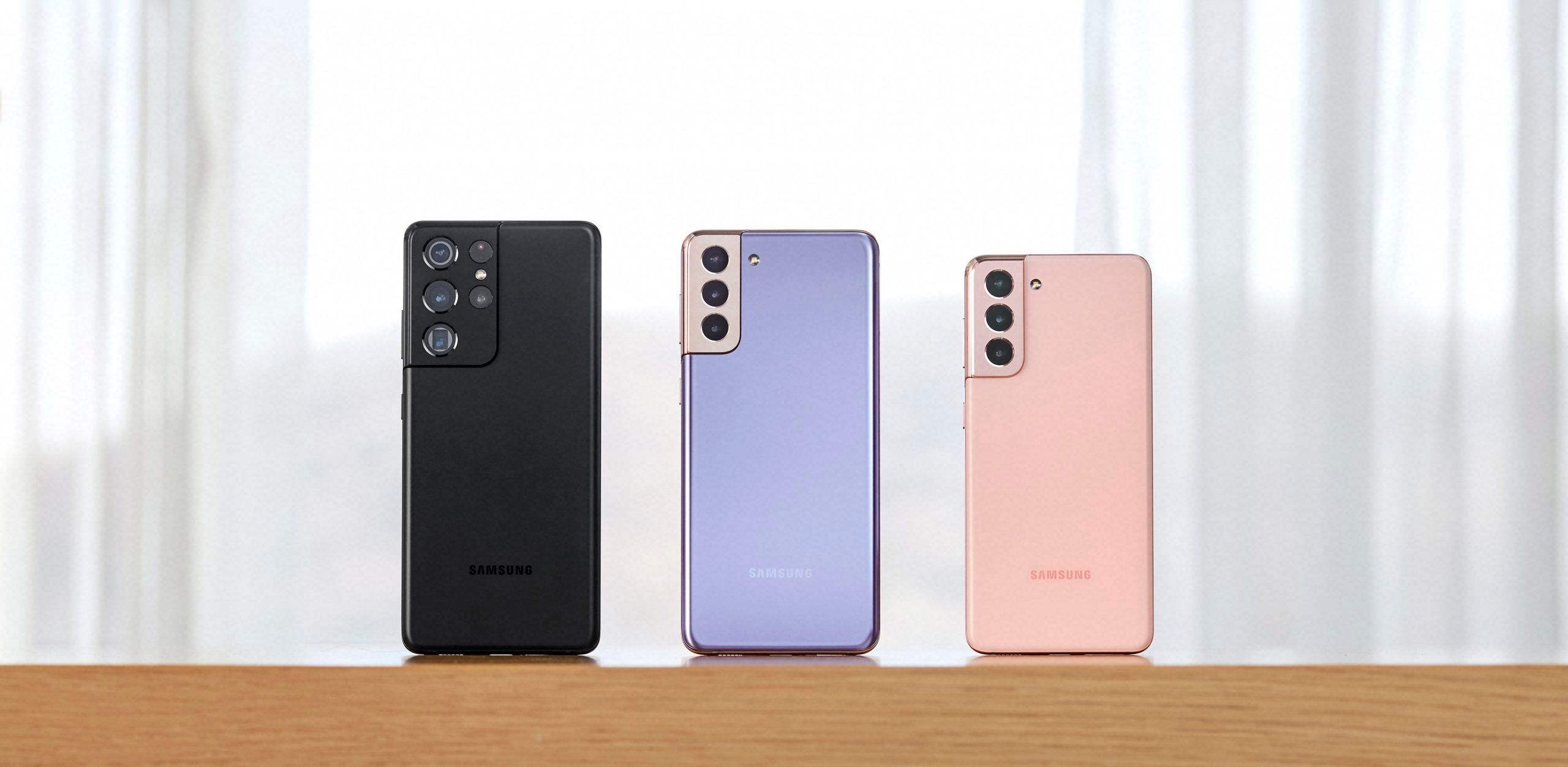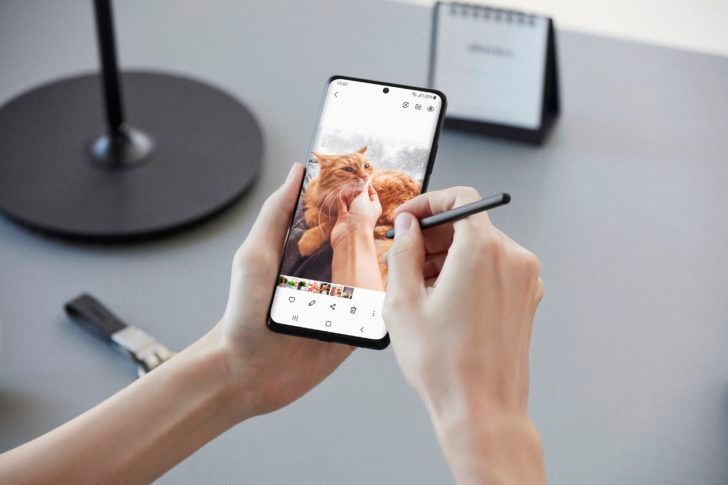Samsung's Galaxy S21 series is finally here, and the lineup is a bit different than what many were expecting. There are three models, same as last year, but the changes between them (especially the Ultra vs. the others) are more substantial than with the S20 series. The cheaper phones take clear inspiration from the success of the Galaxy S20 FE, while the Ultra inherits features from the Note series.
The differences can be a bit difficult to parse, so we'll go over everything you need to know right here, complete with detailed specifications and the changes Samsung hasn't made clear in most of its announcements.
Specifications
There's nothing better for direct comparisons than a giant table with everything you need to know. Take a gander at the chart below for the precise details for each model.
|
Galaxy S21 |
Galaxy S21+ |
Galaxy S21 Ultra |
|---|
More budget than ever: S21 and S21+
Samsung seems to have been inspired by the success of last year's budget Galaxy S20 Fan Edition, as some of its design elements and cost-cutting measures have been integrated into the S21 and S21+. The Galaxy S21 starts at $799.99, and the S21+ starts at $999.99 — both $200 cheaper than their S20 counterparts. The S21 has a 6.2-inch screen and a 4,000mAh battery, and the S21+ has a 6.7-inch panel with a 4,800mAh battery, but otherwise they are very similar.
Just like the S20 FE (and the 2019 Galaxy S10e), the S21 and S21+ use flat AMOLED screens, instead of Samsung's usual curved displays. Some might see this as a downgrade, but there are definitely benefits to flat screens, like fewer accidental presses and better grip for cases and screen protectors. The base S21 uses a matte plastic finish for the back casing, instead of the glass exterior of the S20 (and S21+/S21 Ultra). Again, this might seem like a downgrade to some (especially after phone manufacturers spent years associating glass with premium), but at least the S21 is less likely to crack or shatter after a long drop.
Galaxy S21+
The internal hardware, for the most part, is a decent upgrade from the Galaxy S20 series. You get Qualcomm's latest Snapdragon 888 chipset (or the Exynos 2100 in most non-US markets), 8GB of RAM, 128 or 256GB of internal storage, Wi-Fi 6, IP68 water protection, and all the other usual flagship phone features. Both phones have the same camera setup: a 12MP main lens, a 12MP ultra-wide, a 64MP telephoto, and a 10MP selfie cam. 5G compatibility has also been improved, as the cheapest S21 now includes mmWave support (unlike last year's base S20), and both phones support standalone 5G (like the network T-Mobile is starting to deploy).
However, there are a few definite missing features on the S21 and S21+ compared to last year's S20 series. The microSD card slot is gone, as well as MST support for contactless payments on terminals that don't support NFC.
The new proto-Note: S21 Ultra
The Galaxy S21 Ultra maintains more of the design elements from the S20 series, like the curved screen and glass back, but with all the upgraded internal hardware of the other S21 phones. It starts at $1,199.99, $200 cheaper than the S20 Ultra was at launch.
True to its name, the S21 Ultra is better than the S21+ in a few key areas — it has more RAM, up to 512GB of storage, and a different camera setup. The S21 Ultra replaces the 12MP main camera with a 108MP lens, and there are two telephoto lenses instead of one.
Galaxy S21 Ultra with S Pen
Perhaps the most interesting new feature is support for Samsung's S Pen stylus, which was previously exclusive to the Galaxy Note series. It has all the same software features as you'd find on the Note20 or Note20 Ultra, but there's one key difference — the S Pen can't be stored inside the phone. You'll need to buy one of Samsung's cases with a slot for the S Pen.
Which one should you get?
For most people, the base Galaxy S21 is the phone to get. It has all the important features and hardware from the S21+ and S21 Ultra, but at a more attractive $800 starting price. The S21 is almost identical to the S21+, and compared to the Ultra, you're only losing S Pen support (which doesn't fit inside the phone anyway) and the upgraded camera array.
If the S21's screen isn't big enough for you, the S21+ is the next-best value. It still comes under $1,000, but has a larger 6.7-inch screen. The Galaxy S21 Ultra only makes sense as a purchase if you really want the more-powerful cameras or S Pen support.
Looking to buy a Galaxy S21, S21+, or S21 Ultra? We have a roundup of the best deals right here.


